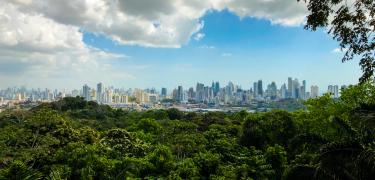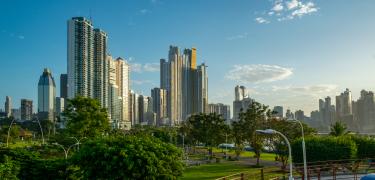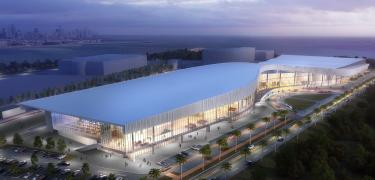Darien National Park
Welcome to the Jungle! At 5,750 square kilometers, Darien National Park is the largest national park in Panamá, and the largest protected area in Central America and the Carribean—not to mention one of Central America’s most untamed regions. This extensive jungle features endless virgin rainforests, premontane and montane forests, cloud forests and dwarf forests, as well as large mangroves. You’ll also find meandering rivers such as the Tuira or the Chucunaque, an astounding array of unique wildlife, including the jaguar and the harpy eagle, plus mountain ranges that reach more than 2,500 meters in elevation. As one of the most important UNESCO World Heritage Sites in Central America, Darien is a Biosphere Reserve and the focus of many conservation efforts in Panamá. In fact, after the Amazon rainforest, Darien National Park is considered the most important “natural lung” in the Americas.
Recommended for true adventurers only, the park is rainy, humid and extremely remote, with two popular areas to visit. One of them is Santa Cruz de Cana, or Cana. Located in the middle of the park along the eastern slope of Cerro Pirre (or Pirre Hill), the area was once a mining town where the Spanish discovered gold in 1665. Today, it’s one of the most pristine outdoor areas in Panamá, and among the top locations in the country for birdwatching. Look out for colorful macaws, tanagers, manakins, eagles and hummingbirds, as well as other wildlife such as howler and spider monkeys, white-lipped peccaries and Baird’s Tapirs. Explore the jungle on one of five hiking trails in the area, which offer views of the forest and the old mining operations.
On the other side of Cerro Pirre, you’ll find Pirre Station—another hiking destination inside the great jungle. Also known as Rancho Frío, this area is replete with lush nature and an abundance of wildlife that includes woodpeckers, monkeys, tamarins and sloths. When you get to Pirre Station, you’ll find a basic dormitory, outhouse and kitchen, but you’ll have to bring your own gear for sleeping and eating.
Getting There
This trip is for the truly adventurous, and we highly recommend visiting with a local tour or guide. If you decide to go, you’ll find the park 325 kilometers from Panama City on the eastern edge of the isthmus at the border with Colombia. From Panama City, fly to El Real, the closest community to the park. For something a bit more adventurous, travel by road to the community of Yaviza, and then continue to El Real by boat.





